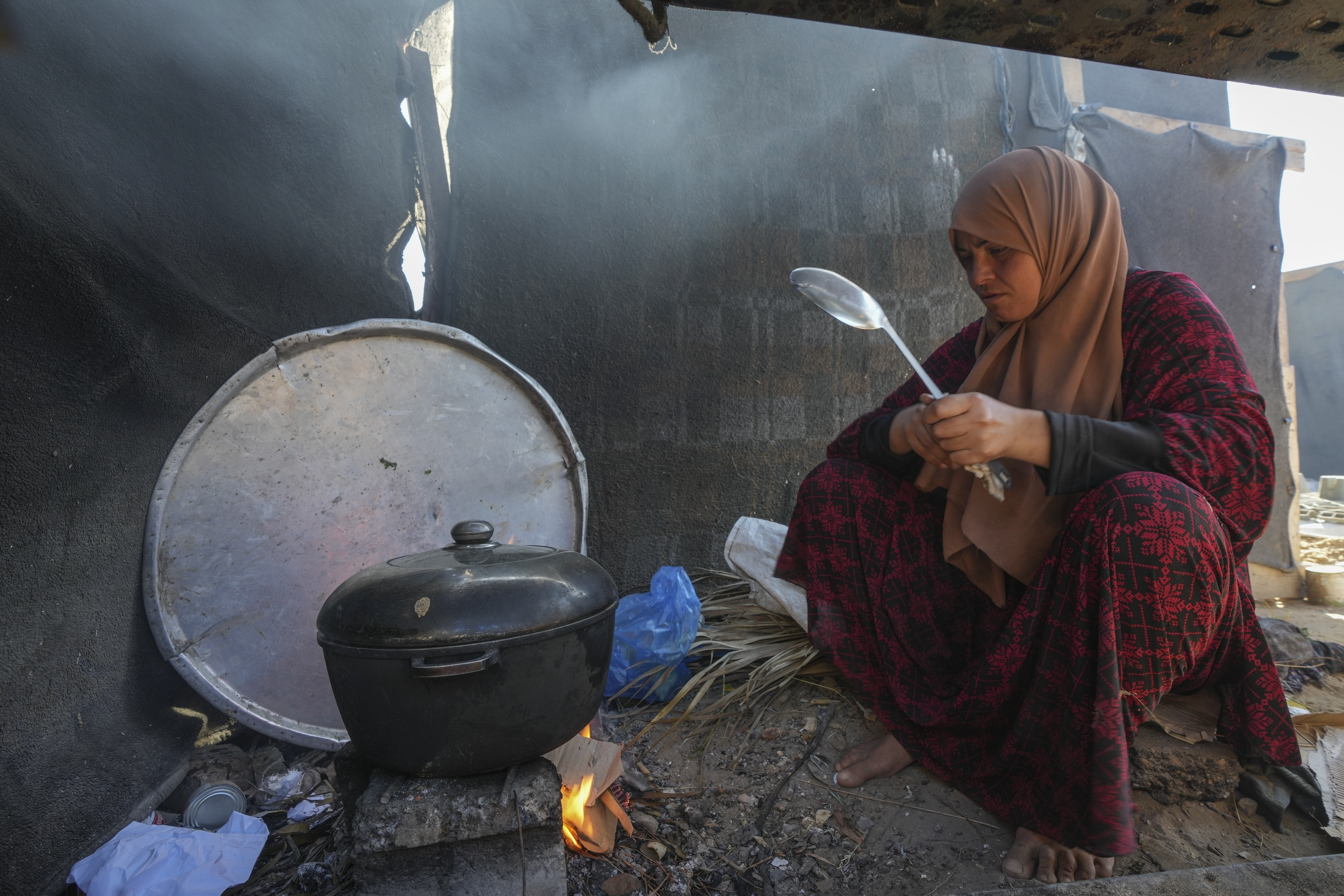What to Know
- The fire has burned 271,000 acres, becoming the third-largest wildfire in California history.
- Eighteen-thousand structures remain threatened.
- The costs associated with fighting the fire are now at almost $117 million.
The third-largest wildfire in modern California history continues to spread in Santa Barbara County, but strong wind gusts that have fanned flames for two weeks are expected to diminish.
A drop in dangerous winds could provide firefighters with about a two-day window to gain ground on the deadly Thomas Fire, which broke out Monday, Dec. 4. The fire continues to threaten homes after already consuming 271,000 acres and costing an estimated $117 million.
Fire spokesman Capt. Rick Crawford said cooler temperatures, slightly higher humidity and light winds forecast for Monday and Tuesday will be "critical" for firefighters hoping to make progress against the Thomas Fire. The hot, gusty winds that caused a huge flare-up and forced more evacuations over the weekend are expected to come back Wednesday.
The blaze, which Cal Fire said was 50 percent contained, threatens about 18,000 structures as 8,529 firefighters battle the flames. It has already destroyed 1,020 structures and damaged another 242, according to the California Department of Forestry and Fire Protection.
If it grows another 10,000 acres, it will eclipse the Cedar Fire, which burned the San Diego are in 2003, to become the largest wildfire in California since 1932, as far back as reliable Cal Fire records go.
Two people have been killed as a result of the blaze.
Virginia Pesola, 70, was found dead at a crash site along an evacuation route, killed by blunt force injuries, smoke inhalation and burns.
Cory Iverson, 32, was part of a strike team of San Diego Cal Fire engines who were helping in the firefight. Iverson died Thursday during an accident in an active area of the fire, suffering thermal injuries and smoke inhalation.
In addition to the fatalities, the fire has also forced 104,607 people to flee their homes, according to Cal Fire.
Over the weekend, three homes were destroyed in Montecito. Despite those lost over the weekend, firefighters were able to save hundreds of other homes. The Behrman family returned from Colorado Sunday to find their burned out home.
"The winds just changed in the wrong way yesterday and boom, the house was just gone," Behrman said.
"It’s sadness, but at the same time it's only the house. The family is okay. We’ve got a lot of memories out," he added.
High fire risk is expected to last into January, adding to fears that months of deadly and destructive wildfire danger will extend into early next year. Cal Fire reported 6,877 fires in California from Jan. 1 to Dec. 10, including the devastating North Bay fires in October. Wildfires in 2017 have scorched more than 505,000 acres, more than double last year’s burned acreage count. During that same period in 2016, the state firefighting agency reported 4,754 fires that burned 244,303 acres.
The state is coming off one of its wettest winters in years in 2016-2017, which left hillsides covered in grass and other vegetation. That grass dried out in summer and turned into tinder, providing fuel for rapidly spreading fires often pushed by strong winds that can carry hot embers for miles and turn small spot fires into infernos.
An increase in the number of dead and dying trees also has exacerbated the wildfire threat, Cal Fire officials said. An estimated 102 million trees have died in California due to the state's five-year dry spell and bark beetle infestation.
Current mandatory evacuations for the Thomas fire are in place for the following areas:
- All areas east of Highway 154, south of East Camino Cielo, west of Toro Canyon and north of Highway 101 at Toro Canyon to South Salinas then north of Alameda Padre Serra and to Highway 192 west to 154.
- The previous evacuation order for the area east of Toro Canyon to Casitas Pass Road north of Highway 192 and south of East Camino Cielo remains in effect.
U.S. & World
News from around the country and around the globe
An evacuation center has been established at the UC Santa Barbara Recreation Center at 516 Ocean Road.
Animal evacuation centers are available for people in evacuation zones. Those wishing to coordinate sheltering for both small and large animals should call the Santa Barbara County Animal Services hotline at (805) 681-4332.
NBC4's Rick Montanez contributed to this report.



